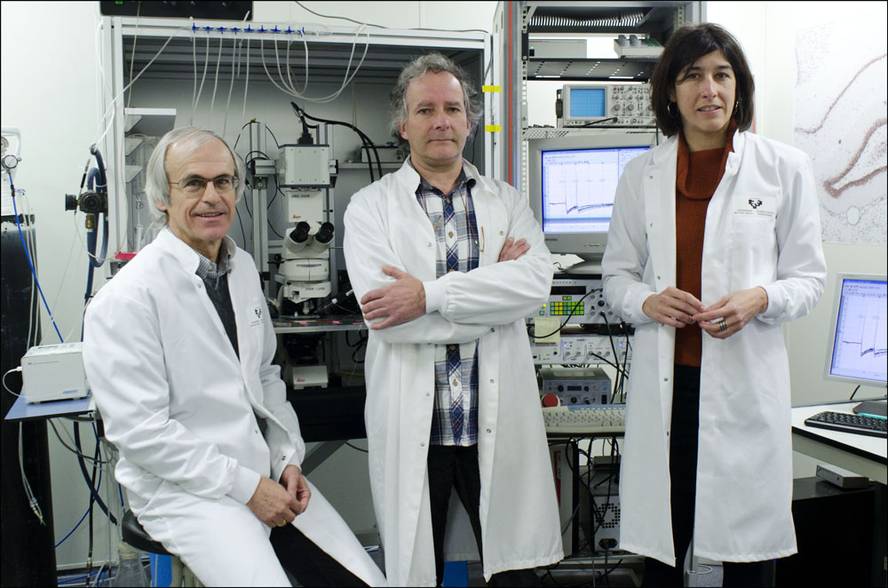New therapy for fragile X chromosome syndrome discovered
Researchers from the Achucarro neuroscience center and UPV have discovered a new therapy for fragile X chromosome syndrome. The new therapy proposes to improve the symptoms of the disease by modulating the endocannabinoid system. “It is clear that the disease will not be cured because it is a genetic disease, but it is very positive that the partial manipulation of the brain improves the symptoms of the disease,” explains Susana Mato, a researcher at the Department of Neurosciences of the UPV and the Achucarro center. The scientific discovery has been published recently in the journal Nature Medicine.
Fragile X chromosome syndrome (SFX) is the best-known cause of hereditary mental delays and autism spectrum alterations. The syndrome is due to the lower expression of the protein FMRP (“fragile X mental retardation protein”), which plays a fundamental role in the regulation of neuronal function. Patients with SFX suffer from mental retardation, lack of attention, anxiety, tendency to personal injury and autism behavior, as well as hyposextense to pain and high incidence of epileptic seizures. All these atypical neuronal expressions regulate endocannabinoid systems.
During the investigation, it has been confirmed that the blockade of the cannabinoid receptor CB1 through the drug Rimonabant allows to normalize cognitive alterations, sensitivity to pain and epileptic seizures by the use of genetically modified mice that do not contain FMRP proteins. Thus, the discovery suggests that the administration of drugs that block the function of the brain endocannabinoid system can be a new strategy to treat people with fragile X chromosome syndrome.
The drug Rimonabante was marketed long ago to treat “obesity,” explains Mato. However, much larger doses were used, which caused a series of psychiatric problems that led to their expulsion.” However, “this drug has been widely used in preclinical research associated with the cannabinoid system and its mechanism of action is very well defined.”
As a next step, Mato noted that “the mechanism of incidence in this disease should be better characterized and several doses should be tested to see what is most appropriate for the recovery of the deficit. And the following would be a clinical trial. And it is that we believe that it is possible to reach this phase, since having exited the drug to the market, a preclinical phase has been made on its toxicity in humans, and it is a fairly safe drug.”
Although the demonstration that in animal models “the cognitive deficit caused by the disease is partially normalized” is a major step forward, Mato is aware that “clinical trials may not give such good results, since it is normal that they occur in the development of therapies against psychiatric diseases”.






